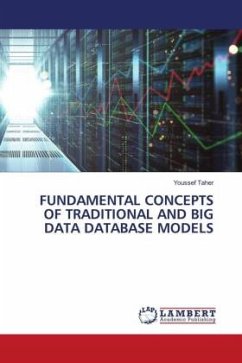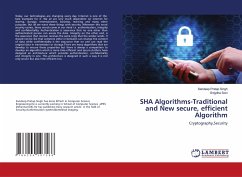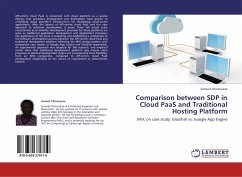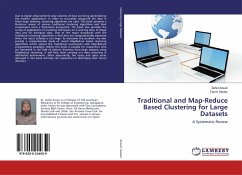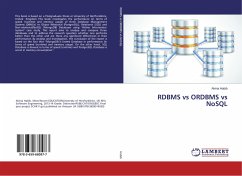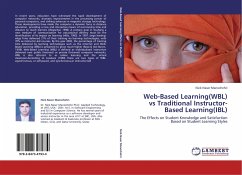
Web-Based Learning(WBL) vs Traditional Instructor-Based Learning(IBL)
The Effects on Student Knowledge and Satisfaction Based on Student Learning Styles
Versandkostenfrei!
Versandfertig in 6-10 Tagen
39,99 €
inkl. MwSt.

PAYBACK Punkte
20 °P sammeln!
In recent years, educators have witnessed the rapid development of computer networks, dramatic improvements in the processing power of personal computers, and striking advances in magnetic storage technology. These developments have made the computer a dynamic force in distance education, providing a new and interactive means of overcoming time and distance to reach learners (Wagschal, 1998). A primary goal in studying a new medium of communication for educational delivery must be the identification of its impact on learning (Hiltz, 1993). In 1997, large leading-edge firms delivered 21% of the...
In recent years, educators have witnessed the rapid development of computer networks, dramatic improvements in the processing power of personal computers, and striking advances in magnetic storage technology. These developments have made the computer a dynamic force in distance education, providing a new and interactive means of overcoming time and distance to reach learners (Wagschal, 1998). A primary goal in studying a new medium of communication for educational delivery must be the identification of its impact on learning (Hiltz, 1993). In 1997, large leading-edge firms delivered 21% of their training via learning technologies, with 70% as instructor-led courses. By the year 2002, the percentage of training time delivered by learning technologies such as the Internet and Web-Based Learning (WBL) is projected to grow much higher (Bassi & Van Buren, 1998). Web-Based Learning (WBL) is defined as individualized instruction delivered over public (Internet) or private (Intranet) computer networks. WBL is also referred to as online learning and the virtual classroom.According to Lovelace (1999) there are two types of WBL: asynchronous, or self-paced, and synchronous,or instructor-led





